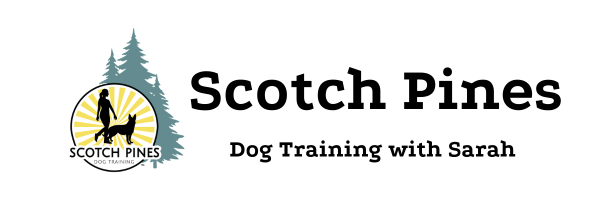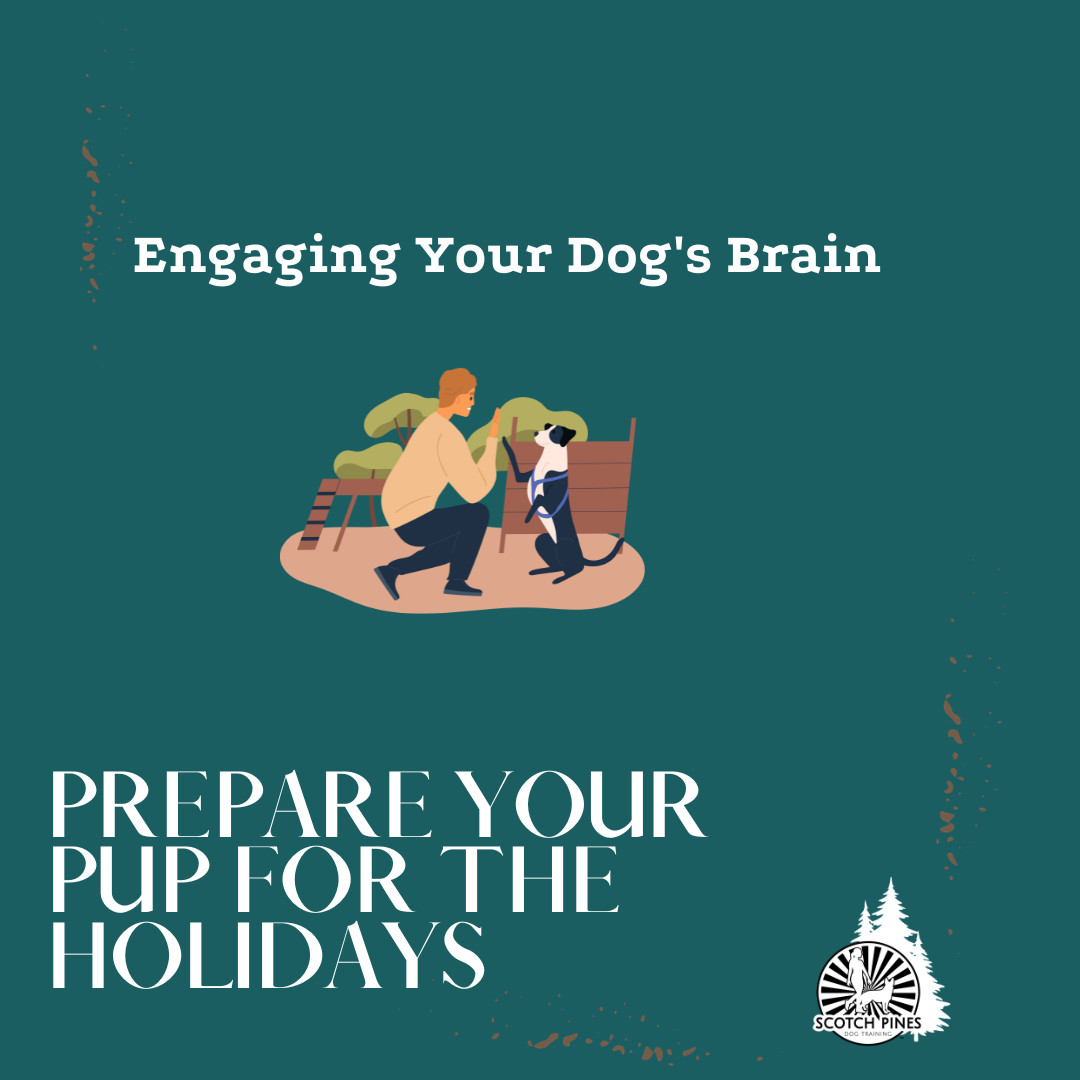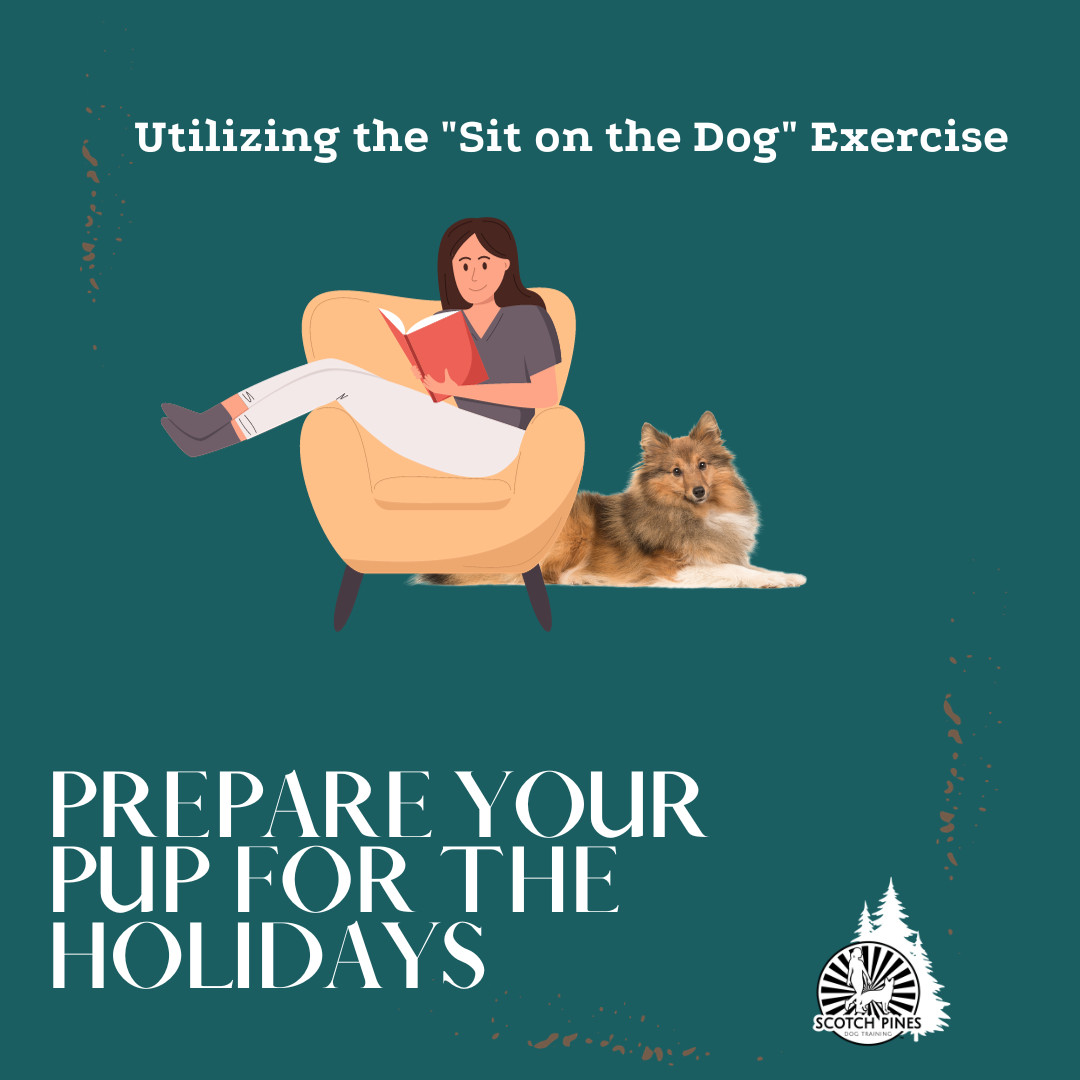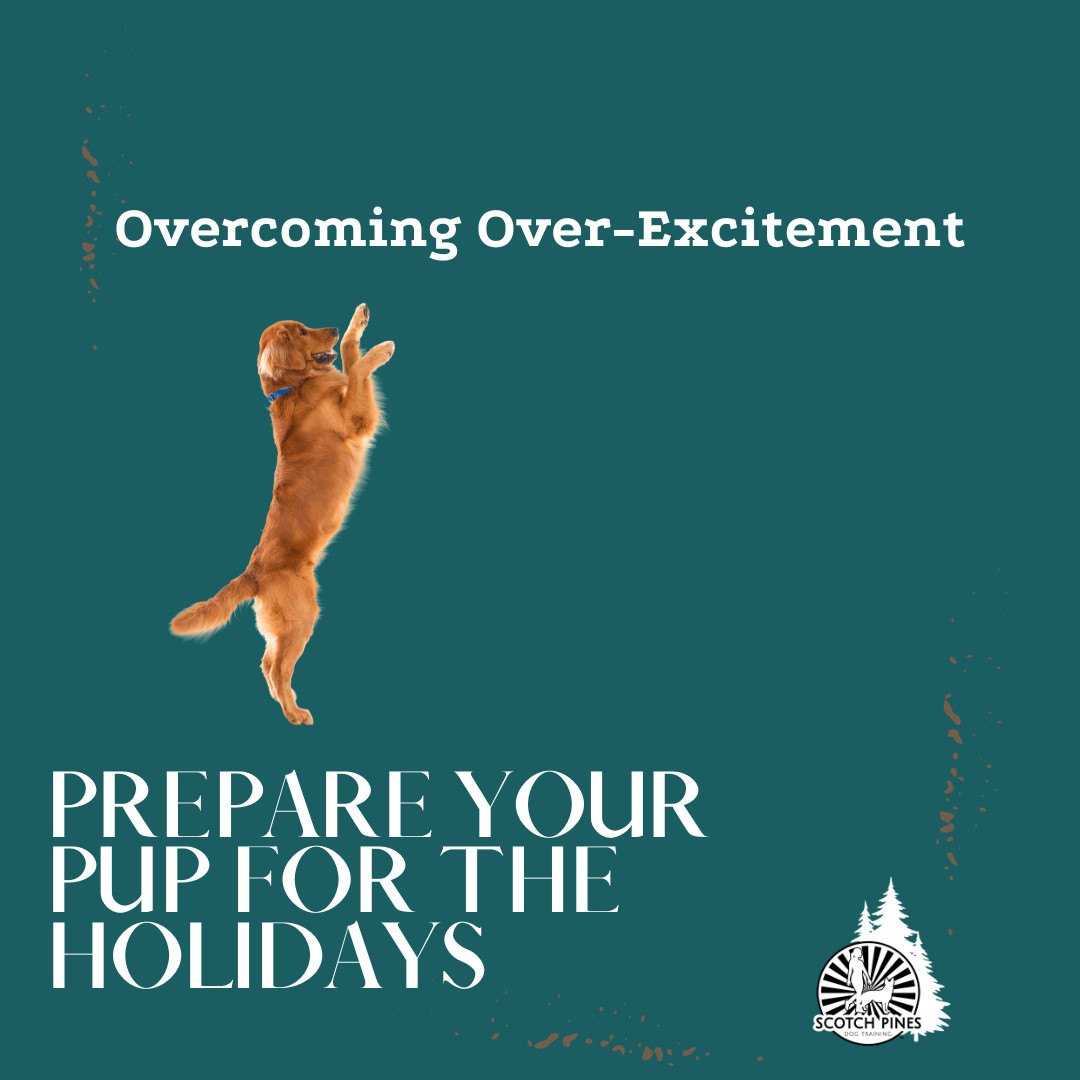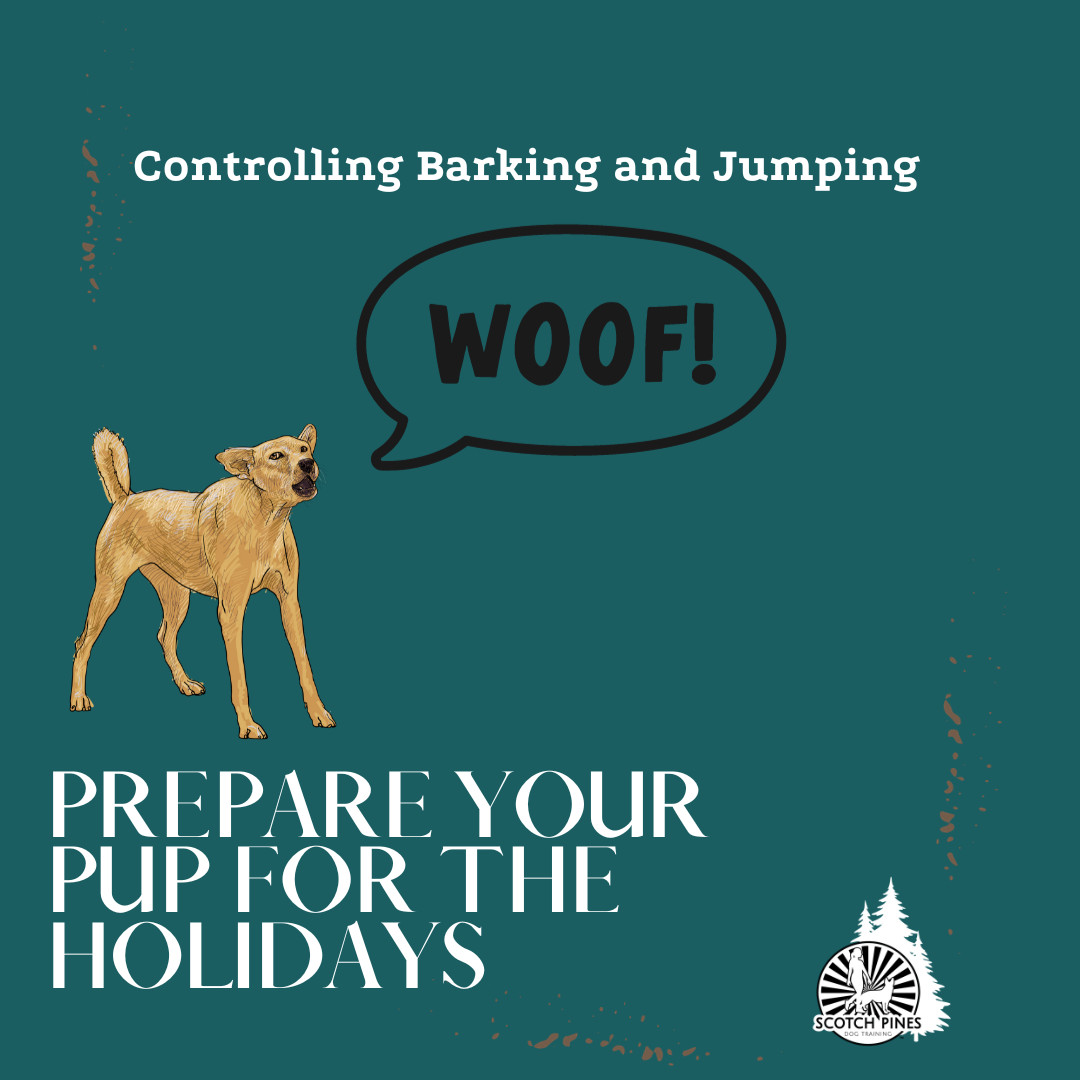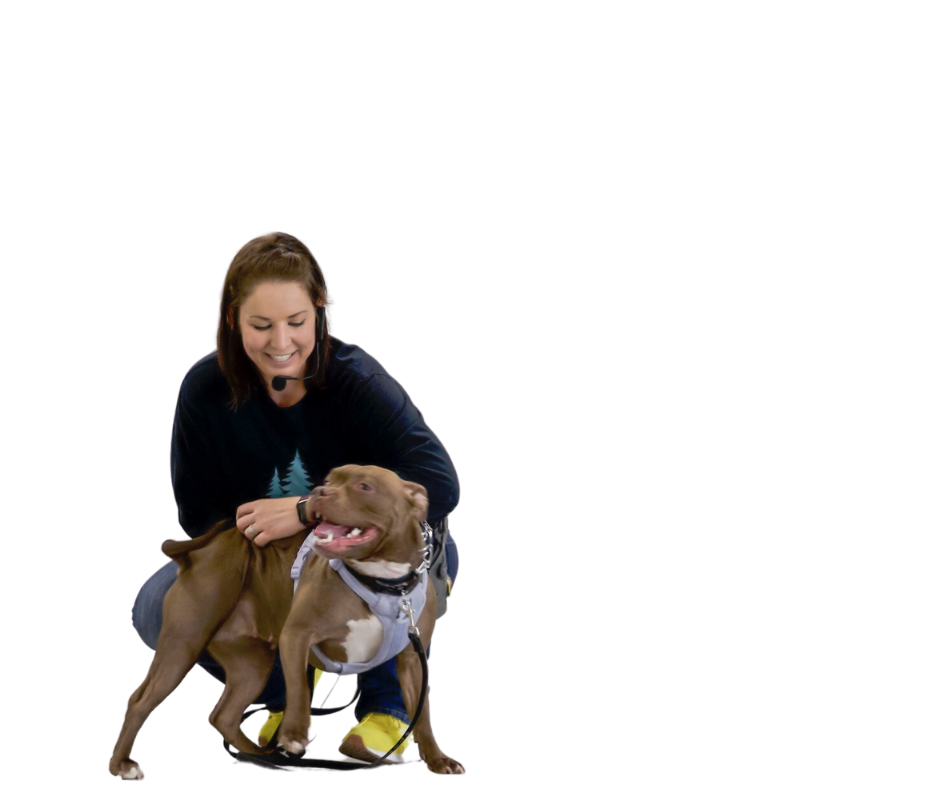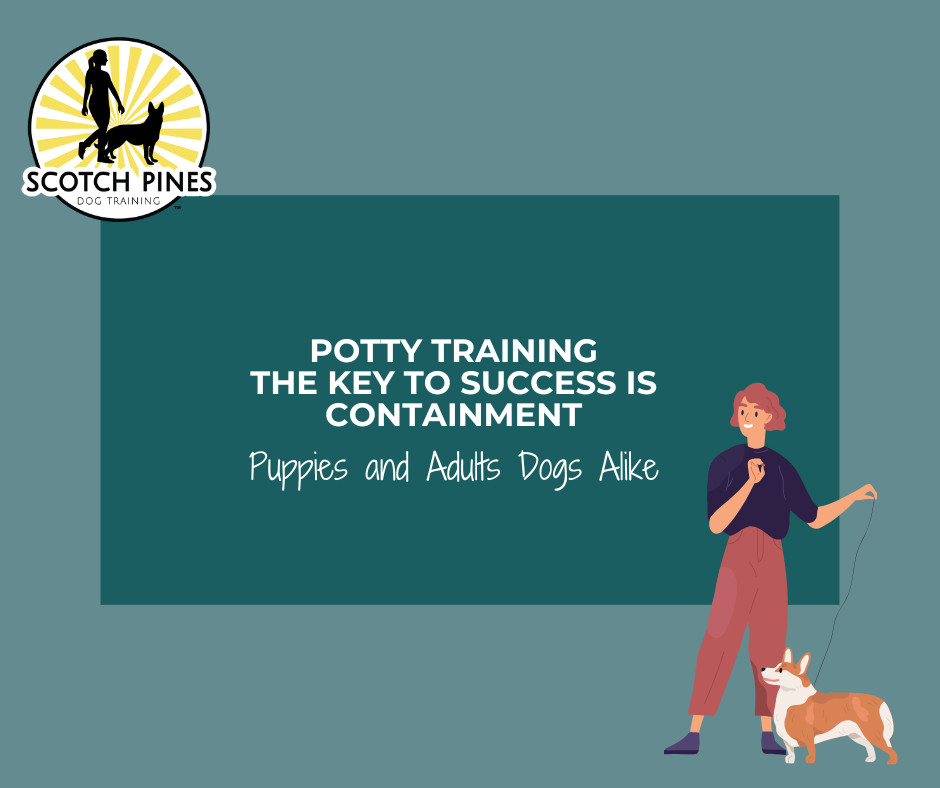
Potty training a new puppy might seem overwhelming, but with the right approach and consistent routine, it becomes a manageable task. This guide offers a step-by-step routine that emphasizes containment, timing, and handling common challenges. By maintaining consistent training methods, you can not only set your puppy up for success but also strengthen your bond with them.
The key to effective potty training is containment; keeping your puppy in a limited area prevents unnoticed accidents and allows for guidance to the correct potty spot. Establishing a potty schedule is crucial. Taking your puppy outside regularly, especially after waking up, eating, or playing, and using verbal praise rather than treats, reinforces positive behavior. Ensuring your puppy is always within your sight, either through a leash or indoor pen, helps prevent unwanted accidents and promotes bonding.
Accidents are inevitable, especially at the beginning, and should not lead to punishment. Instead, use them as a learning opportunity to improve supervision and scheduling. Crate time is essential for rest and to help puppies cope with being alone, while employing jingle bells on the door can signal when it’s time to go outside. As your puppy matures, you can gradually allow more freedom, maintaining patience and consistency throughout the process to achieve successful potty training.
Read more...Kennel training plays an essential role in teaching dogs to perceive their crate as a safe haven, helping manage both behavioral expectations and safety concerns. The process of kennel training, however, is often misunderstood; simply placing a puppy inside the kennel without gradual acclimatization can lead to resistance and behavioral issues. A structured approach to kennel training, which includes voluntary entry and positive reinforcement, can prevent these issues and ensure a calm and welcoming association with the space.
Initial steps in creating a positive kennel experience start with associating the kennel with treats and positive engagement. Keeping the kennel door open and using a playful approach, like tossing treats inside, can encourage dogs to enter voluntarily and associate the space with positive experiences. As the dog becomes comfortable, the process can involve gradually closing the door for short periods to build familiarity with the door's motion and sound, ensuring that this step remains stress-free.
Addressing challenges such as separation anxiety requires a patient and structured method, focusing on brief separations coupled with calm reinforcement when the dog remains relaxed. Gradually extending these periods helps the dog understand that separation is normal and non-eventful. Throughout this process, maintaining calmness during exits and entries ensures that the dog learns excitement doesn’t lead to freedom, reinforcing patience and relaxation as keys to successful kennel training. This approach ultimately ensures that dogs of varying temperaments can appreciate the kennel as a comfortable space, even when left alone for necessary durations.
Kennel training is a crucial skill that benefits both dogs and their owners by providing a safe space for dogs and ensuring that they do not damage property or harm themselves. A common challenge faced by owners is the misconception that dogs will adapt to kennels instantly; this expectation often leads to frustration and behavioral issues such as aggression. Instead, a systematic approach to kennel training aimed at creating a positive association can make the process smoother and more effective for both the dog and the owner.
When beginning kennel training, a common error is placing a puppy inside the kennel and expecting it to adapt. This can result in the dog resisting the kennel altogether, causing stress for both the dog and the owner. The key is to encourage the dog to enter willingly by associating the kennel with positive experiences, such as playing a simple kennel game that rewards entry with treats and ensures the door remains open to avoid creating a negative association.
For successful kennel training, patience is essential, especially with dogs that might exhibit signs of stress or anxiety. Techniques such as remaining in the room initially, practicing short departures, and reinforcing calm behavior can help build a dog's comfort and confidence over time. By following these steps, dogs can gradually learn to perceive the kennel as a comfortable and secure environment, even when left alone, which will be advantageous in real-world scenarios such as vet visits or travel.
Read more...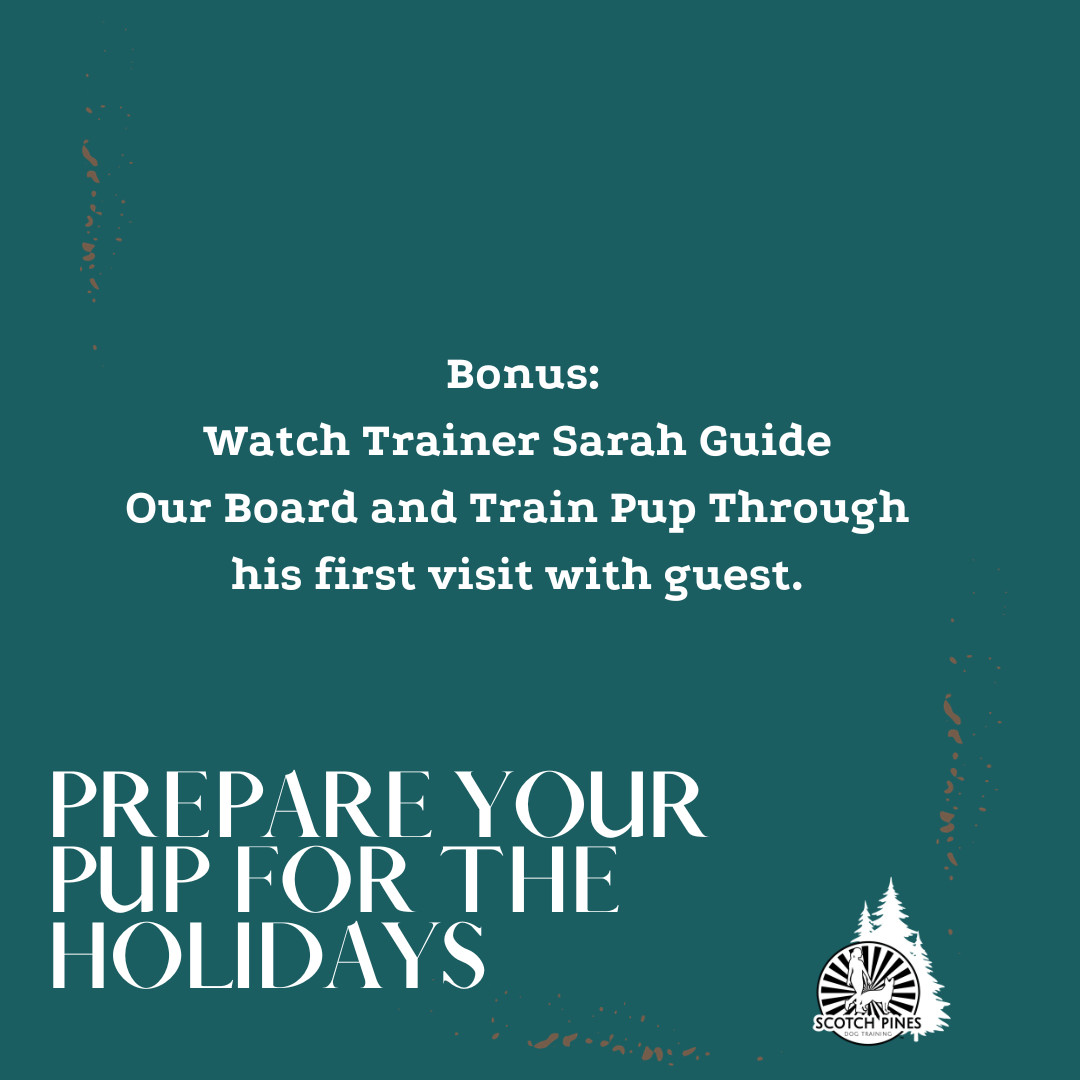
In this blog post, the author discusses one of the biggest mistakes people make when introducing their dogs to guests: allowing them to run up to them. The key is to establish a sense of calm before any interactions take place. The author shares their experience with Diesel, a dog they worked with using techniques such as doorbell desensitization, settle commands, and tether work. The process took a few weeks, but Diesel eventually learned the necessary skills to find his forever home. The post also includes a video that outlines the steps involved in achieving a calm state before allowing the dog to greet guests. Readers are encouraged to reach out with any questions they may have.
Read more...
Prepare your furry friend for the holiday season with our Live Zoom Obedience Program. Starting on October 23rd, this 8-week program will equip you with the tools and techniques to master obedience commands both on and off leash. With live Zoom calls, personalized guidance, and progressive training, you'll have a calm and well-trained companion just in time for Thanksgiving. Strengthen your bond with your dog and navigate any situation confidently. Don't miss this chance to create a harmonious and joyful holiday season with your beloved canine companion. Sign up for the free week 1 class today!
Read more...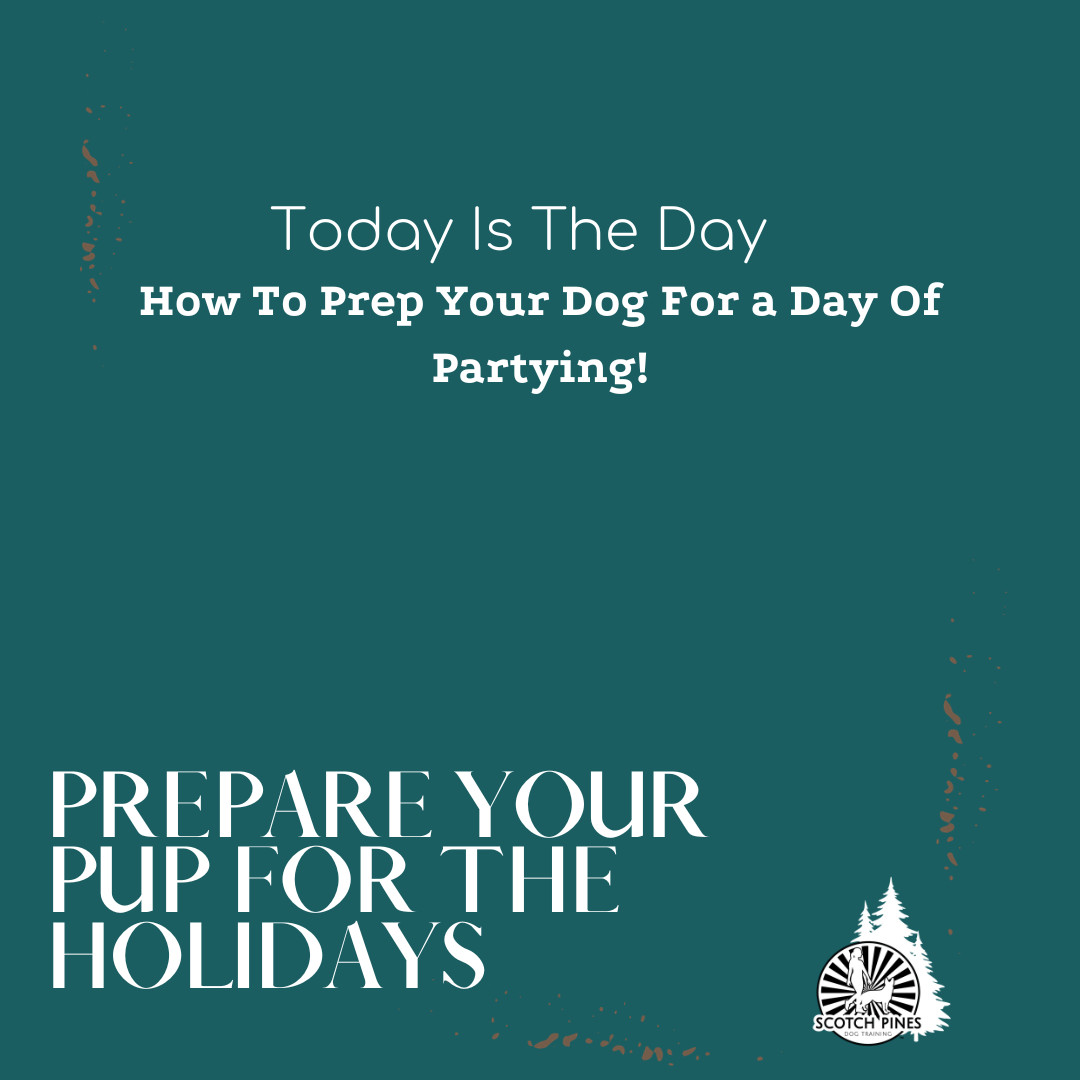
Prepare your dog for the holiday festivities with these tips and techniques. Start the day off with exercise and mental stimulation to keep them calm and focused. During the party, utilize exercises like "Sit on the Dog" and the settle command to manage their behavior. Provide enrichment activities and a quiet space for them to relax. After the party, take a post-celebration walk and create a peaceful environment for them to wind down. By following these steps, you can ensure a calm and joyful celebration for everyone in your home this holiday season.
Read more...